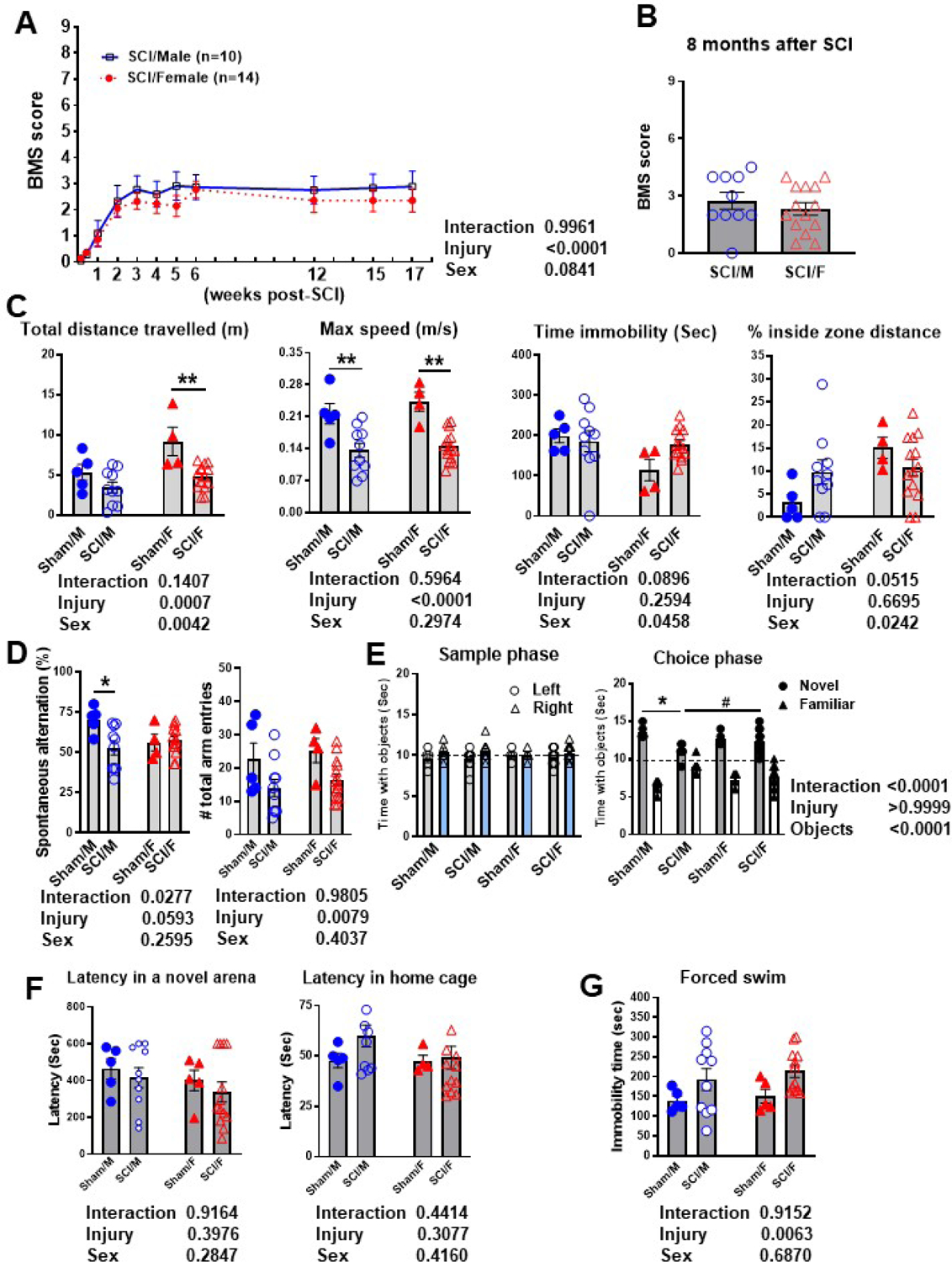Figure 9. Middle age-matched male and female mice display differential changes in neurological function late after SCI.

C57BL/6 mice at 6 months old were subjected to severe (70 kdyn) SCI followed by 8 months post-injury. (A) Weekly BMS scores were recorded to quantify hindlimb locomotor recovery after SCI, which showed no sexual dimorphism between injury groups for up to 17 weeks after injury. (B) BMS score of SCI/Male and SCI/Female at 8 months after injury. (C) Graphs depicting the parameters measured in the OF test at 8 months post-injury. Sex differences were seen at baseline in time spent traveling in the inside zone, after injury in total distanced travel and immobility time. (D) The percentage of spontaneous alternations in the Y-maze test is significantly decreased in SCI/Males, but not SCI/Females. The total number of arm entries was recorded for each mouse. (E) No preference was seen in exploration time between left and right objects during the sample phase of the NOR task. Significant effects of injury and sex were seen in time spent exploring the novel versus familiar object at 32 weeks after SCI during the choice phase. (F) The latency to reach food in the center of a novel arena was recorded for the NSF test. No difference was found in latency time in both novel area and the home cage. (G) Both sexes displayed increased immobility after SCI in the FS test. N=4–5 mice/group (Shams) and 10–14 mice/group (SCI groups). *p<0.05, **p<0.01, ***p<0.001 vs. Sham group; #p<0.05, ##p<0.01, vs. SCI/M group. Two-way ANOVA following Tukey’s multiple comparisons test.
